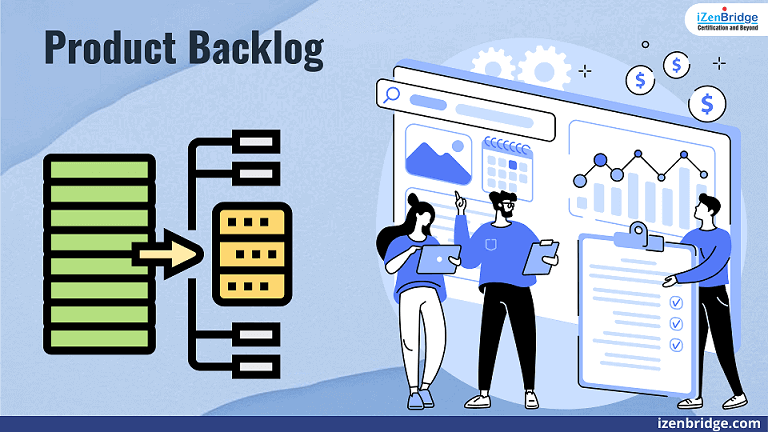

As a project manager, you might have come across the term “product backlog” while working on projects that adopt agile ways of working. In this article, we will dive into the concept of product backlog and explore its significance from the viewpoint of a project manager. Whether you follow Scrum or any other framework, the information shared here will give you a lot of ideas on how to effectively use product backlogs in your projects.
So, what exactly is a product backlog? Simply put, it is a collection of requirements that are expected to emerge over time. The requirements are discovered as the project progresses and are refined continuously to provide a clear picture of what needs to be built.
To understand the concept of product backlog, let’s consider an example of launching a flight booking website. At the initiation of the project, you may have a project charter or a project-level vision that gives you an idea of what the end goal of the project is. You may interact with the stakeholders to understand their expectations and come up with a list of high-level requirements such as user management, flight searching, booking, inventory management, payments, etc. These high-level requirements form the first product backlog of your project.
It is worth noting that the product backlog is never baselined and is expected to change as the project progresses. As new requirements emerge or existing ones are refined, they are added to the product backlog. This continuous refinement of requirements is facilitated through a process called “backlog refinement” where stakeholders are invited to discuss and refine the requirements.
For instance, in the flight booking website example, the user management requirement could be further refined into smaller requirements such as the ability to register, login using phone OTP, login using user ID, and block users. This process of dividing a big requirement into smaller, more manageable pieces is what makes product backlogs so effective. The smaller requirements are then added to the product backlog and are expected to be implemented in the next iteration.
The product backlog can contain both small, well-refined items, as well as big, high-level requirements. As the project progresses, these big items may be divided into smaller items, and the big item may be dropped from the product backlog if it is no longer needed. The refined part of the product backlog is expected to be implemented in the next iteration.
It is also important to note that new ideas may emerge as the project progresses and the product is used by the stakeholders. These ideas can be fed into the product backlog, either directly or after a discussion, and can be refined during the backlog refinement meeting.
To summarize, the product backlog is a collection of requirements that are continuously refined as the project progresses. The refinement process is facilitated through backlog refinement meetings where stakeholders discuss and refine the requirements. The refined part of the product backlog is expected to be implemented in the next iteration. The product backlog can contain both big and small requirements and is never baselined, allowing for flexibility and adaptability as the project evolves.
In conclusion, product backlogs are an effective tool for project managers to effectively manage requirements in agile projects. By continuously refining and prioritizing requirements, product backlogs ensure that the project remains on track and delivers the desired results. Whether you follow Scrum or any other framework, the concept of product backlog is relevant and can help you achieve greater success in your projects.
| Name | Date | Place | – |
| PMP Certification and Training | 13 – 26 April 2025 | Bangalore | More Details |
| PMP Certification and Training | 10 May – 1 June 2025 | Chennai | More Details |